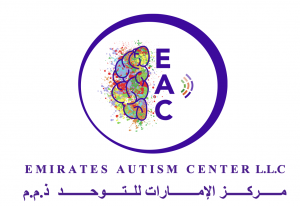What is Autism?
About Autism
What characterizes autism is a complex collection of manifestations, namely, repetitive behaviors, social communication difficulties, and sensory hypersensitivity and hyposensitivity (American Psychiatric Association, 2013). While the etiology of autism remains unknown, a combination of genetic and environmental factors have been hypothesized to play a role in its development (Chaste & Leboyer, 2012; Sylvie et al., 2014).
Autism is often accompanied by single or multiple co-occurring conditions that may develop during different life stages (Doshi-Velez, Ge, & Kohane, 2014; Lai et al., 2019). This can include intellectual disability, language delay, medical conditions (e.g., epilepsy, gastrointestinal problems) and psychiatric conditions (e.g., depression, attention deficit and hyperactivity disorder). The current worldwide prevalence is estimated to be 1/132 (Baxter et al., 2015), with males being more frequently diagnosed than females (Loomes, Hull, & Mandy, 2017).
Symptoms and Diagnosis
Key Characteristics
- Inappropriate laughing or giggling
- Extreme distress for no apparent reason; tantrums
- Resists changes in routine;insistence on sameness
- Little or no eye contact
- Not responsive to verbal cues, acts as deaf
- Sustained odd play
- Difficulty in expressing need; may use gestures
- Spins objects
- Inappropriate attachment to objects\
- Difficulty in mixing with other children
- Not cuddly
- Uneven gross/fine motor skills
Diagnosis
There are no genetic or medical tests that can detect autism. An experienced professional must observe the child, acquire knowledge about the child’s development and then proceed to objectively follow internationally recognized criteria for diagnosis. The center utilizes the developmental tests which demonstrate feasibility in assessing actual and potential abilities of autistic children. At the top of the list:
- Psycho-educational profile (revised) PEP-R for children up to 11 years
- Diagnostic statistical manual IV edition revised DSM IV issued by American Psychiatric Association in 1994
- Psycho-educational profile for adolescent and adults AAPEP
Autism Resources
We have compiled a list of national organizations to help you gain knowledge about autism spectrum disorder
